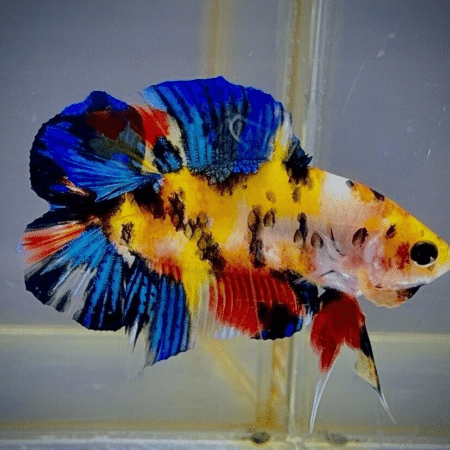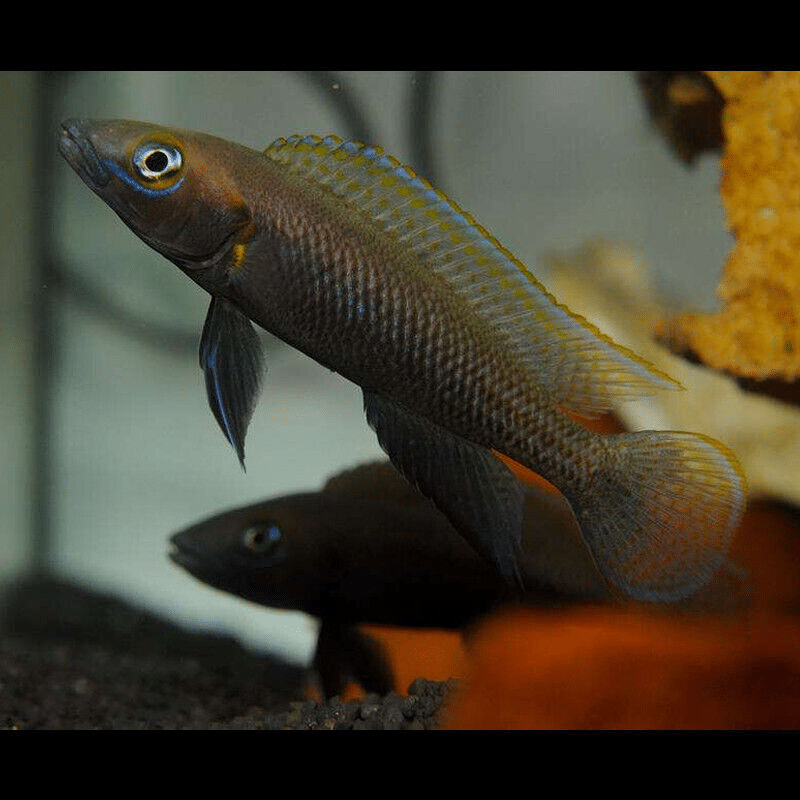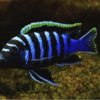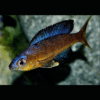To provide the best experiences, we use technologies like cookies to store and/or access device information. Consenting to these technologies will allow us to process data such as browsing behaviour or unique IDs on this site. Not consenting or withdrawing consent, may adversely affect certain features and functions.
The technical storage or access is strictly necessary for the legitimate purpose of enabling the use of a specific service explicitly requested by the subscriber or user, or for the sole purpose of carrying out the transmission of a communication over an electronic communications network.
The technical storage or access is necessary for the legitimate purpose of storing preferences that are not requested by the subscriber or user.
The technical storage or access that is used exclusively for statistical purposes.
The technical storage or access that is used exclusively for anonymous statistical purposes. Without a subpoena, voluntary compliance on the part of your Internet Service Provider, or additional records from a third party, information stored or retrieved for this purpose alone cannot usually be used to identify you.
The technical storage or access is required to create user profiles to send advertising, or to track the user on a website or across several websites for similar marketing purposes.
















Emily Carter (verified owner) –
I recently added the Nigriventris Cichlid to my 75-gallon Lake Tanganyika aquarium, and let me tell you, it has been an absolute delight! After about two months, I’ve watched this little guy grow from a shy, curious fish into a confident swimmer, showcasing its unique coloration and patterns. They are incredibly engaging and truly add character to the tank.
These Tanganyika Cichlids are known for their territorial nature, but I’ve found that they coexist beautifully with my other cichlids, provided there are enough hiding spots. I made sure to include rocky structures and caves, which they love exploring.
One thing I appreciate about the Nigriventris is their hardiness compared to other cichlids I’ve kept in the past. They adapt well to slightly varied water conditions, which is a huge plus for someone like me who occasionally battles fluctuations in tank chemistry.
If you’re a fellow enthusiast looking to add some tropical fish to your setup, I highly recommend the Nigriventris. Just make sure to provide them with plenty of space and decor to feel secure. They’re a joy to watch and have significantly brightened up my aquarium! Overall, this purchase was worth every penny, and I can’t wait to see how they continue to develop!